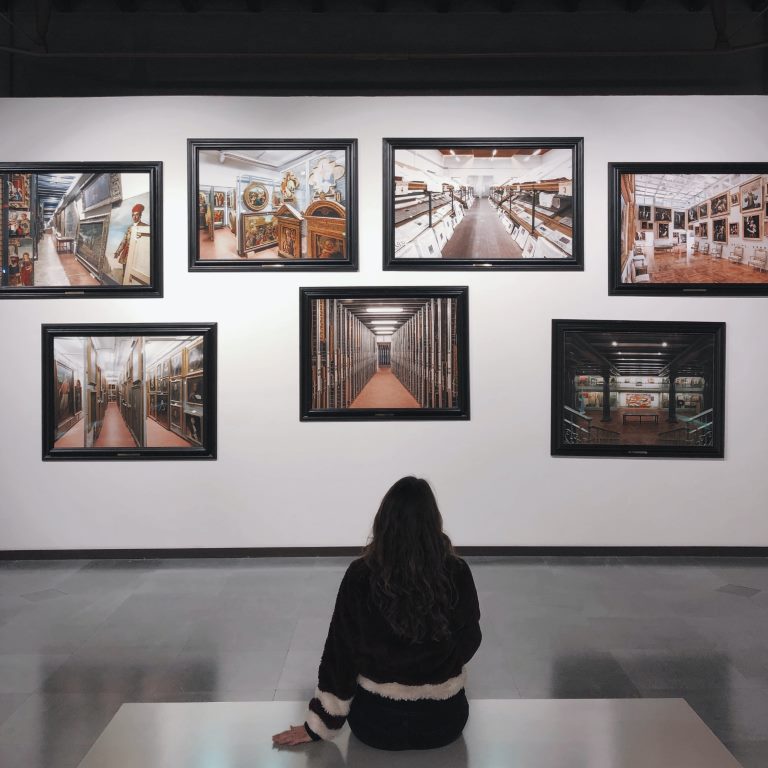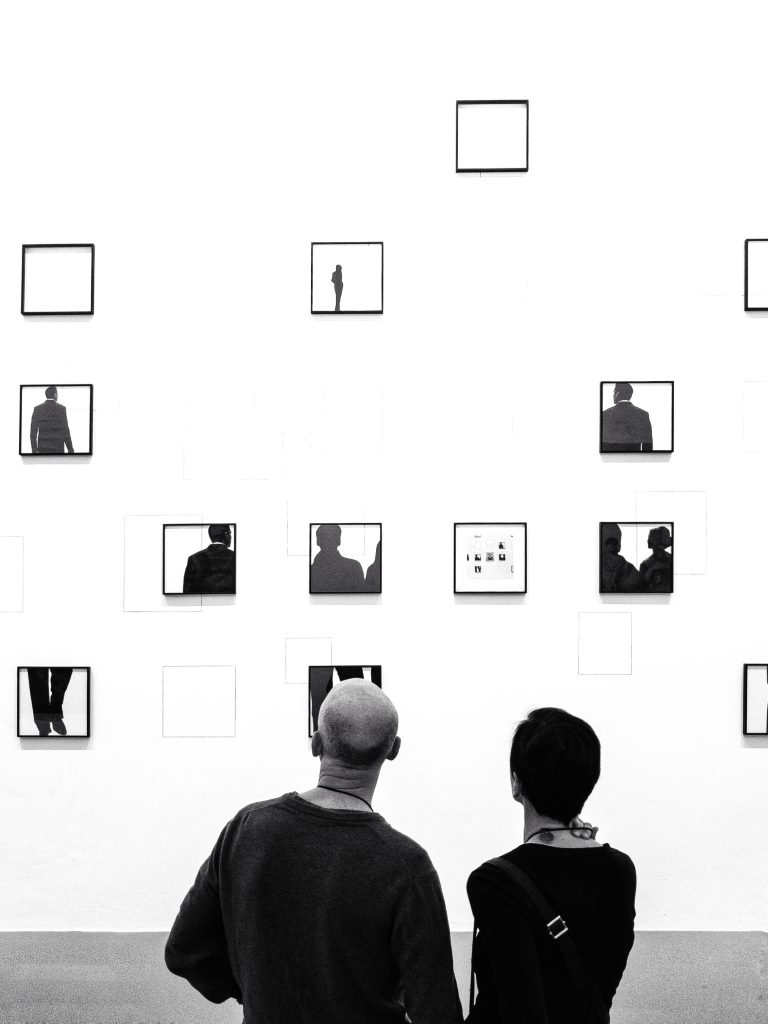Welcome to our guide on the best bus tours in Brussels! If you are planning a trip to the capital of Belgium and want to explore the city’s sights and sounds, taking a bus tour is a convenient and efficient way to do it. Brussels is a city filled with stunning architecture, museums, parks, and multicultural neighborhoods, and a bus tour can help you discover all its hidden gems. In this post, we’ll take a look at the top bus tours in Brussels that you can consider as part of your itinerary. So sit back, relax and let us take you on a journey through the best bus tours in Brussels.
The 2 Best Coach Trips in Buses in Brussels
The 2 Best Coach Trips in Buses in Brussels
1. Brussels Card 24 48 or 72 Hour Hop on Hop Off Bus

Save money and time on individual entrance fees to museums and attractions with the Brussels Card. Choose from a 24, 48, or 72-hour pass and enjoy free entry to 49 museums in Brussels, including the AfricaMuseum and the Belgian Comic Strip Center, among others. The card also provides discounts for tours and tourist attractions, as well as participating restaurants, bars, and shops. The hop-on hop-off bus is also included in the pass for the duration of your choice, allowing you to explore at your own pace. Additionally, the Brussels Card app makes it easy to plan your trip and store your card. Don’t miss out on this convenient and affordable way to experience the best of Brussels.
2. Brussels Hop on Hop Off Bus Tour

Discover the beautiful city of Brussels in comfort and style with a Hop-on Hop-off bus tour. With a 24 or 48-hour ticket, you have the freedom to explore the city at your own pace and hop off at any of the stops that catches your eye. Experience the city’s most iconic sites, as well as its hidden gems, with both the blue and red routes. The bus ride is eco-friendly, ensuring your comfort and safety. You can also learn key facts about Brussels through the audio guide, available for both adults and children. Enjoy free Wi-Fi onboard the bus and capture amazing photos from the open top deck. The tour includes earphones, but you can also bring your own. Food options are also available. Don’t forget to download the local partner’s app, which includes an M-ticket wallet for easy access to your ticket, real-time bus tracking, and self-guided walking tours.
The Most Frequently Asked Questions by Tourists about Brussels
Brussels is a fascinating city with a rich history and culture that attracts millions of tourists every year. Despite its popularity, many visitors still have questions about the city. Here are some of the most frequently asked questions about Brussels:1. When is the best time to visit Brussels?
Brussels can be visited all year round, but the best time to visit depends on your preferences. If you like mild temperatures and fewer crowds, the spring months (March-May) and autumn (September-November) are ideal. The weather is pleasant, and there are many festivals and events during this time. If you prefer warm weather, then summer (June-August) is the best time to visit, but it can be crowded and more expensive. Winter (December-February) is chilly and damp, but it can be magical during the festive season.2. What is the currency used in Brussels?
Brussels is the capital of Belgium, and the currency used is the Euro (€). There are plenty of ATMs throughout the city, and most shops, restaurants, and hotels accept major credit and debit cards.3. What is the official language spoken in Brussels?
Brussels is a bilingual city with two official languages, French and Dutch. English is also widely spoken, especially in tourist areas. Visitors will have no trouble communicating in English in Brussels.4. What are the must-see attractions in Brussels?
There are many things to see in Brussels, but some of the top attractions include:- Grand Place: The central square of Brussels and a UNESCO World Heritage site
- Manneken Pis: The famous statue of a little boy peeing, representing Belgian humor and resistance
- Atomium: A unique landmark of Brussels, with a panoramic view of the city
- Royal Museums of Fine Arts of Belgium: A collection of more than 20,000 works of art, including paintings, sculptures, and drawings
- Belgian Comic Strip Center: A museum dedicated to the art of comic strips, with exhibitions and activities for all ages
- Brussels Park: The largest park in the city center, a green retreat with walking paths, ponds, and playgrounds
5. Is Brussels a safe city for tourists?
Brussels is generally a safe city for tourists, with a low crime rate. However, like any major city, petty crime can occur, especially in crowded areas and public transportation. Visitors should be aware of their surroundings and take precautions such as watching their belongings and not carrying too much cash.6. What is the local cuisine in Brussels?
Belgian cuisine is known for its hearty and flavorful dishes, including:- Moules-frites: Mussels cooked in white wine and served with a side of crispy fries
- Stoemp: A traditional dish of mashed potatoes with sausages, vegetables, and gravy
- Waffles: A sweet treat made with a light, fluffy batter and served with toppings such as whipped cream, fresh fruit, and chocolate sauce
- Chocolate: Belgium is famous for its high-quality chocolates, with many artisanal chocolatiers and chocolate shops throughout the city
- Beer: Belgium is also known for its diverse selection of beers, including Trappist beers brewed by monks in monasteries
7. How is the public transportation system in Brussels?
Brussels has an efficient and affordable public transportation system, including metro, trams, and buses. The metro is the fastest and most convenient way to travel around the city, with four lines covering the main tourist areas. Visitors can purchase single tickets or a 24-hour pass that allows unlimited travel on all modes of public transportation.8. What is the nightlife like in Brussels?
Brussels has a vibrant nightlife scene, with many bars, clubs, and live music venues throughout the city. The most popular areas for nightlife are the Saint-Géry district, the Flagey area, and the Marolles area. Visitors can enjoy a wide range of options, from trendy rooftop bars to underground clubs, and everything in between.9. What are some etiquette tips for visiting Brussels?
When visiting Brussels, it’s important to know some basic etiquette tips:- Respect the local culture and customs, including dress codes and table manners
- Say “Bonjour” or “Goedendag” (hello) when entering a shop or restaurant and “au revoir” or “tot ziens” (goodbye) when leaving
- Take off your shoes when entering someone’s home
- Don’t be loud or disruptive in public places
- Tip 10% of the total bill in restaurants, and 1-2 euros to taxi drivers or hotel staff
10. Can I take day trips from Brussels?
Yes, Brussels is well-connected to other cities and towns in Belgium, making it easy to take day trips. Some popular destinations include:- Bruges: A charming medieval town with canals, cobbled streets, and historic buildings
- Ghent: A lively university town with a rich cultural heritage and delicious cuisine
- Antwerp: A fashionable city known for its diamond industry, art scene, and lively shopping streets
- Leuven: A vibrant city with a well-preserved historic center and a lively bar scene
How to Spend Your Time as a Tourist in Brussels
Brussels is a beautiful city and a must-visit destination for tourists traveling to Europe. Known as the ‘Capital of Europe,’ Brussels is the quintessential mix of old-world charm and contemporary sophistication. With so much to do and see in the city, it can be overwhelming for first-time visitors to plan their trip. This guide is designed to help you make the most of your stay in Brussels.1. Explore the Grand Place
The Grand Place, also known as the Grote Markt, is the central square of Brussels and one of the most iconic landmarks in Belgium. The square’s stunning architecture includes the Gothic-style town hall, the King’s House, and the opulent guildhalls. The Grand Place is also an excellent place to enjoy Belgium’s famous beer and delicious waffles from one of the many cafes and restaurants in the area.2. Visit the Atomium
The Atomium is Brussels most iconic and unique architectural landmark. Originally built for the 1958 World Expo it represents an iron molecule magnified 165 billion times. The structure stands at 335 feet tall and offers panoramic views of the city from its observation deck. The Atomium also hosts various exhibitions and events throughout the year.3. Discover the Royal Museums of Fine Arts of Belgium
The Royal Museums of Fine Arts of Belgium are home to over 20,000 works of art, including masterpieces by renowned artists such as Bruegel, Rubens, and Magritte. The museum is divided into several areas, including the Ancient Art Museum, the Modern Art Museum, and the Magritte Museum. Visitors can also take a walk in the museum’s picturesque gardens.4. Enjoy Chocolate at the Belgian Chocolate Village
Belgian chocolate is renowned for its excellence, and visitors can indulge in the most exquisite chocolate at the Belgian Chocolate Village. The village gives visitors an insight into the history and manufacturing process of Belgian chocolate with an interactive exhibition. Visitors can also watch chocolate being made and buy Belgian chocolate to take home.5. Experience the European Parliament
Brussels is considered the capital of the European Union and is home to various EU institutions. Visitors can take a tour of the European Parliament, situated in the European Quarter, and gain insight into EU politics and decisions.6. Visit Mini Europe
Mini Europe is a miniature park in Brussels that recreates iconic landmarks of Europe with a focus on architectural and historical accuracy. The park features attractions from 80 cities and 350 buildings, including the Eiffel Tower in Paris, the Colosseum in Rome, and the Big Ben in London. Visitors can explore the miniature landmarks and learn about European history in a fun and interactive way.7. Marvel at the Comic Art Murals
Brussels is famous for its comic strip culture and has over 50 murals dedicated to the art form. Visitors can explore the city and marvel at the colorful murals created by leading comic strip artists. Some of the most famous murals include Tintin, Asterix, and Lucky Luke.8. Visit the Manneken Pis
The Manneken Pis is one of Brussels’ most famous landmarks and is a small bronze statue of a boy urinating into a fountain. The statue has become a symbol of Brussels and has been in place since the 17th century. The statue is dressed up in costumes on special occasions and events throughout the year, making it a fun and unique sight to see.9. Try Belgium’s Famous Frites
Belgium is famous for its crispy frites, and no trip to Brussels is complete without tasting them. The fries are usually served in a paper cone with different types of sauces. Some of the most popular frites stands are Fritland and Maison Antoine.10. Visit the Museum of Belgian Brewers
Beer is an essential part of Belgian culture, and visitors can learn about the history and brewing process of Belgian beer at the Museum of Belgian Brewers. The museum features various exhibitions, tastings, and events and is located in the center of Brussels.Conclusion
Brussels is a city that you must visit at least onc,e and with so much to offer visitors, it can be challenging to decide where to start. With this guide, you can make the most of your visit by exploring the best landmarks, tasting the food and drinks that make Brussels famous, and experiencing the city’s unique culture. Follow these tips, take your time, and enjoy your stay in Brussels!
Table of Contents
Table of Contents

